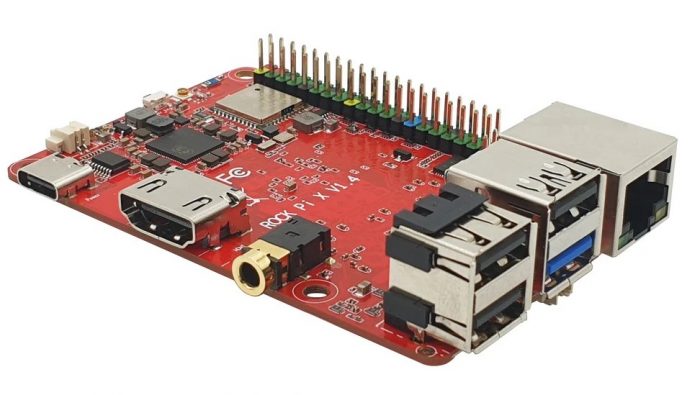
Chinese company Radxa has recently released the Rock Pi X single board PC . This event could have passed unnoticed, if not for the features of the novelty. The fact is that it is based on an x86 processor and works with Windows 10 without "crutches", natively. Naturally, the board is compatible with Linux.
Besides Rock Pi X, there are other SBCs claiming Windows support, but they are only compatible with a specialized version of this OS called Windows IoT. The Rock Pi, on the other hand, is a full OS compatible PC.
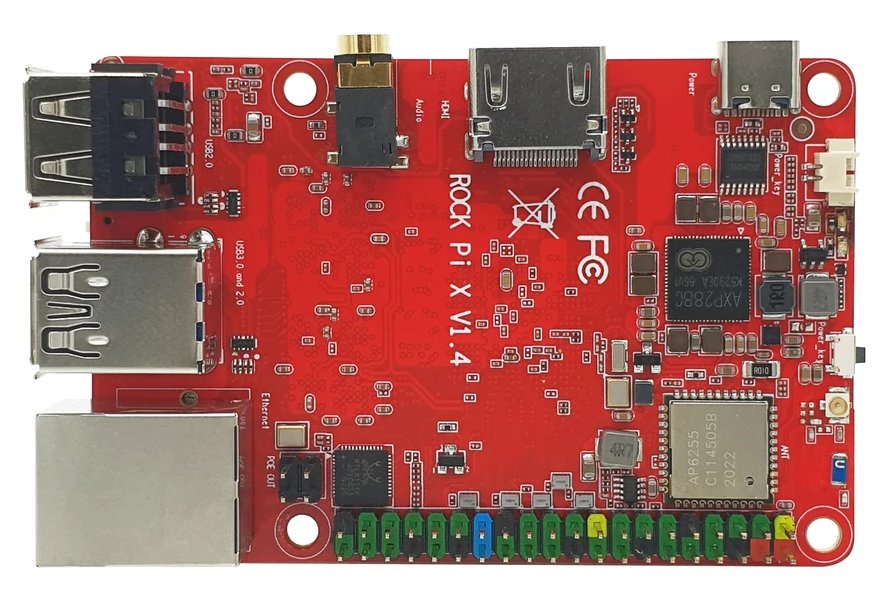
Device characteristics:
- Processor: Intel Atom x5-Z8350 with integrated Intel HD Graphics Gen 8.
- 16, 32 or 128 GB of internal storage.
- 2 or 4 GB LPDDR3-1866 RAM.
- Image output: HDMI 2.0 (up to 4K).
- Wireless networks: WiFi 5 and Bluetooth 4.2, support for connecting external antennas.
- Wired networks: Gigabit Ethernet.
- USB: 1 USB 2.0, 1 USB 3.0.
- Audio: 3.5mm jack.
- IO: 40-pin
- Power: USB-C, Power Delivery 2.0 (9V / 2A, 12V / 2A, 15V / 2A or 20V / 2A) and Qualcomm Quick Charge 2.0 and 3.0 (9V / 2A or 12V / 1.5A) are supported.
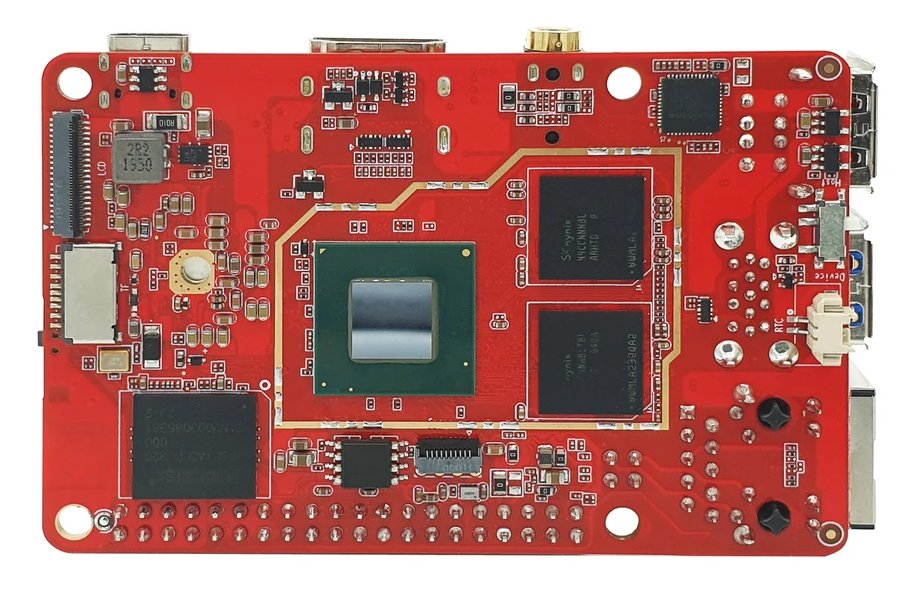
The device size is 85 * 54mm. This is 1mm smaller than a regular credit card, so the board is really very small and suitable for developing portable systems.
The developers claim that the processor can heat up to 90 degrees during operation. The cooling system is not included in the delivery.
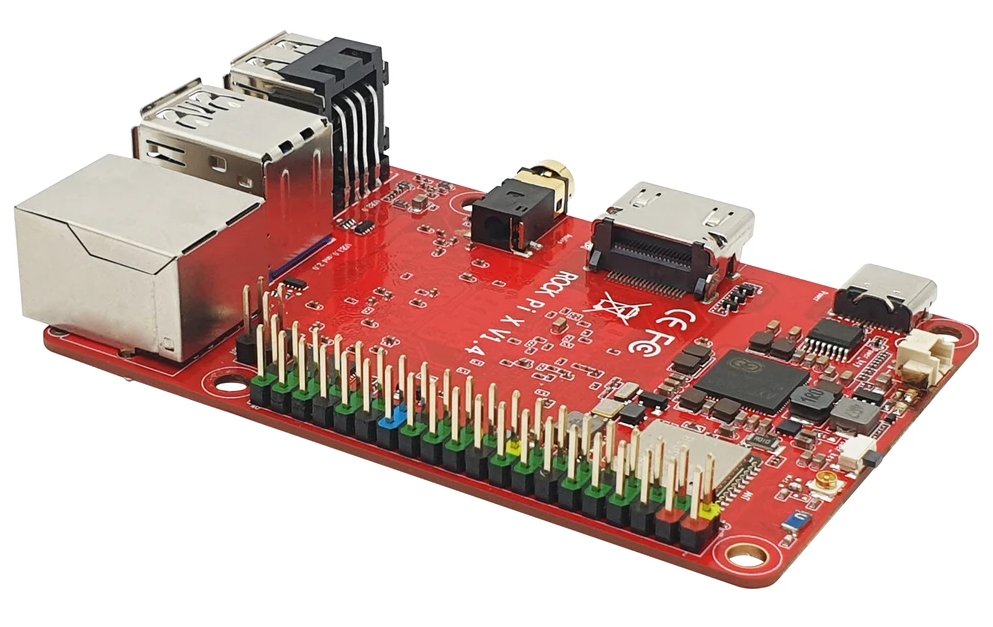
This single board has already been called a competitor to the Raspberry Pi 4, although the devices differ from each other. The new board has more features and is compatible with almost any software that is used on desktop PCs and laptops. In addition, there is an internal storage, while the "raspberry" has no such option, instead - a slot for SD memory cards.
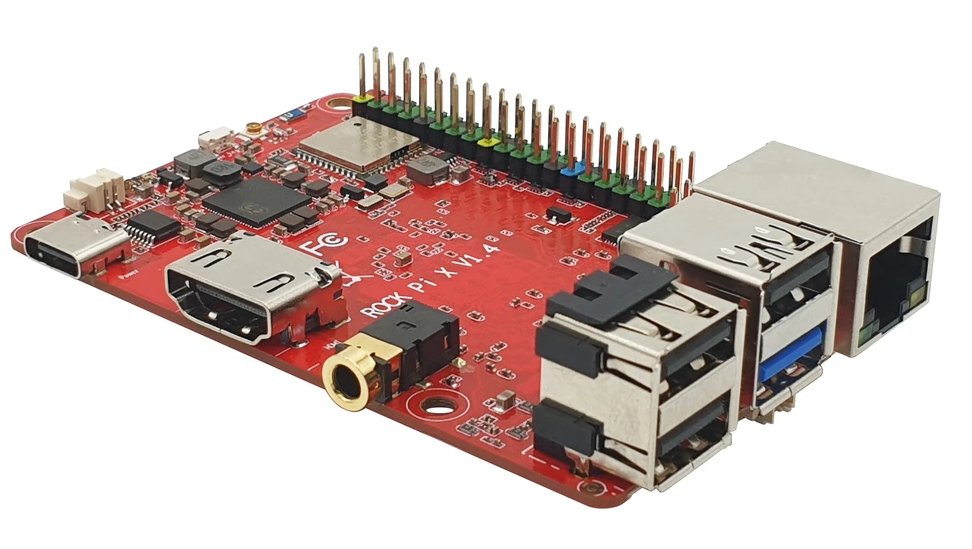
The cost of the Raspberry Pi 4 Model B is $ 35 (2740 rubles), $ 45 (4310 rubles) or $ 75 (5875 rubles) for versions with 2, 4 or 8 GB of RAM, respectively.
Rock Pi X is priced at $ 75 for the 4GB / 32GB configuration, $ 85 for the 4GB / 64GB configuration, and $ 99 for the 4GB / 128GB configuration.
For the first time, the manufacturer published information about this device a year ago , but only now it went on sale. What caused this delay is still unknown.
